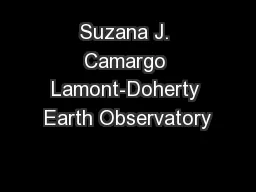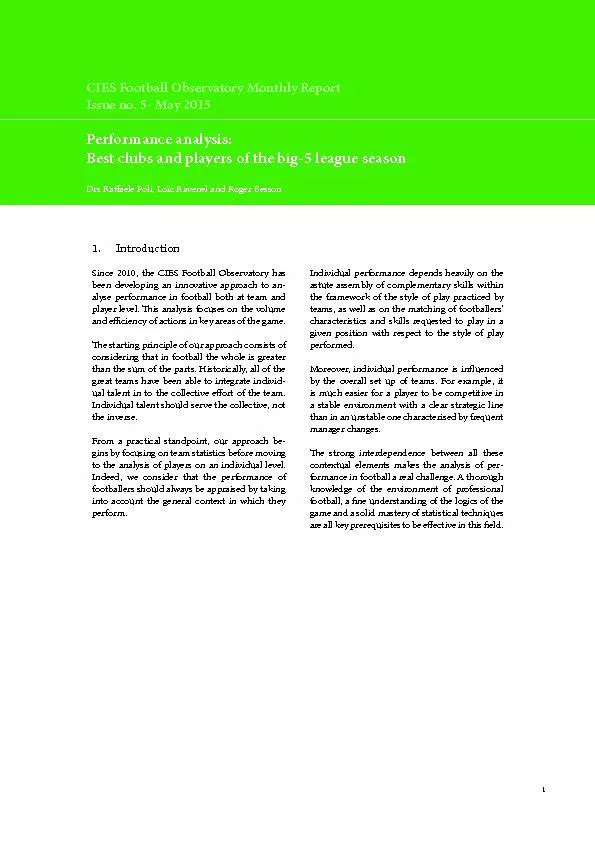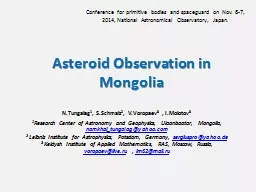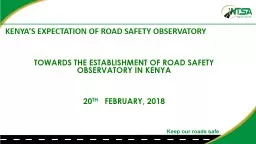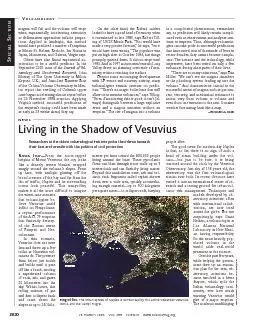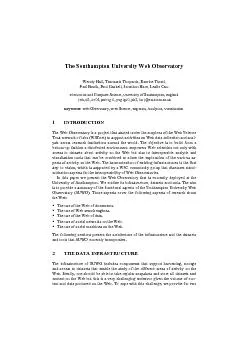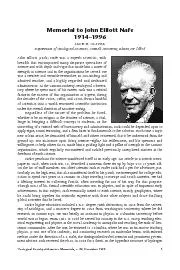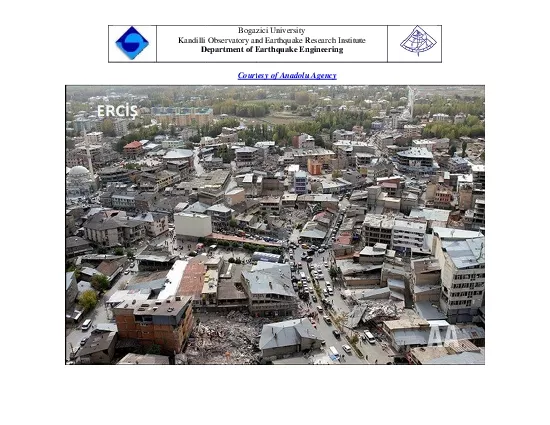PPT-Suzana J. Camargo Lamont-Doherty Earth Observatory
Author : luanne-stotts | Published Date : 2018-02-26
Columbia University Analysis of 20 th Century Atlantic hurricane potential intensity and Tropical Cyclone Activity in the CMIP5 models Atlantic Sector Climate
Presentation Embed Code
Download Presentation
Download Presentation The PPT/PDF document "Suzana J. Camargo Lamont-Doherty Earth O..." is the property of its rightful owner. Permission is granted to download and print the materials on this website for personal, non-commercial use only, and to display it on your personal computer provided you do not modify the materials and that you retain all copyright notices contained in the materials. By downloading content from our website, you accept the terms of this agreement.
Suzana J. Camargo Lamont-Doherty Earth Observatory: Transcript
Download Rules Of Document
"Suzana J. Camargo Lamont-Doherty Earth Observatory"The content belongs to its owner. You may download and print it for personal use, without modification, and keep all copyright notices. By downloading, you agree to these terms.
Related Documents

